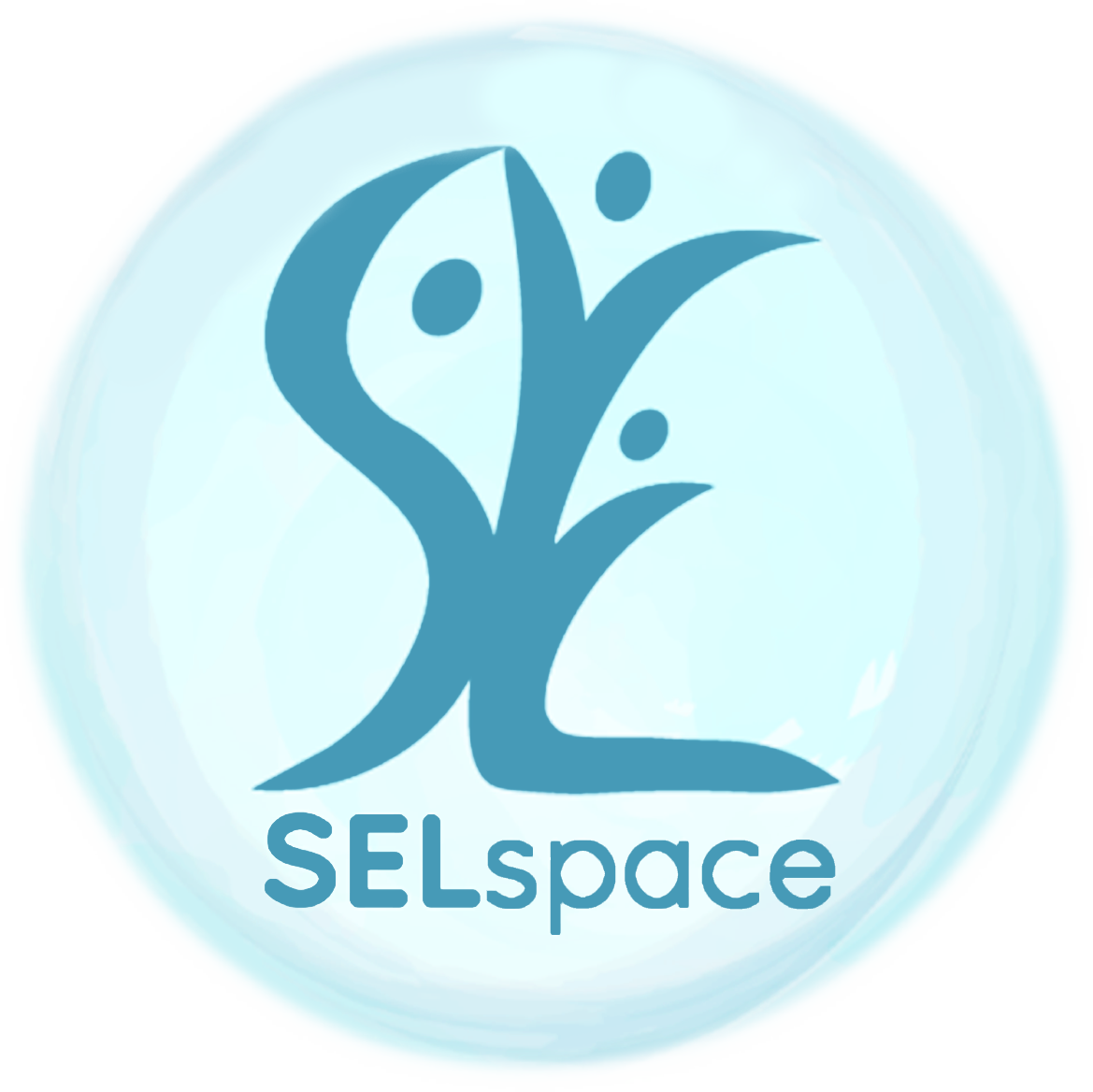Conflict Resolution
Conflict is a natural part of life. The way we respond to conflict can make
it a positive or negative experience.
Conflict can be positive when it leads to action or helps generate more ideas and solutions.
Conflict can often arise as a result of poor communication.

(Transcript below)
Conflict Resolution Model:
Although each step seems detailed, the steps may be quick, naturally skipped, or fully engaged in depending on the situation. This is simply a framework.
Step 1: What’s happened?
A) Identify the Problem – What’s happened?
(This step may not be possible to determine clearly if emotions run high; we may have to go to part B. Often in the heat of a conflict it is hard to consider differing perspectives, faulty assumptions, and or biases.)
B) Gauge Size of the Problem – Big or Small?
Can I solve on my own or do I need help?
Step 2: Understanding the Problem
This may require a facilitator and be reserved for big problems. Smaller problems may jump directly to step 3.
(Older students may become naturally able to reflect on these questions, but will need to be taught and have it modeled. With younger students, they are good prompts to discuss.)
Guiding questions:
- What are people feeling?
- What does each person want/need?
- Were you part of the problem or the solution? How can you be part of the solution now?
Restorative Questions:
- What were you thinking of at the time?
- Who has been affected by what you have done? In what way?
- What do you think you need to do to make things right?
Questions to help those harmed by another’s actions:
- What did you think when you realized what had happened?
- What impact had this incident had on you and others?
- What has been the hardest thing for you?
- What do you think needs to happen to make things right?
Step 3: Find a Strategy and Solution that you think will work
A) Look at Solutions. Choose best option for the situation.
What Tools in your Tool Belt would be helpful?
Consider the options; wait and cool off, ask them to stop, compromise; proper apology (3 parts), walk away, ignore, talk it out, take turns, share, use humour, …
*With junior students read “Confessions of a Former Bully”, by Trudy Ludwig; full of empowerment strategies and tools for conflict situations.
(Good start of year activity; brainstorm and generate a class list of effective tools and strategies with students, post in classroom and continue to add to it throughout the year.)
B) Make a choice:
- Pick a Solution and or Strategy and Act on It.
- Ask yourself is it a Win Win Solution?
- Walk away or ignore (small problems); tell a teacher (big problems); talk it out (small to big problems, may need help if problem is too big).
Step 4: Reflect and Monitor.
- Was it a Win Win Solution?
- Did the approach work? Has the problem recurred?
- What do you need to do from now on?
- How can I (we) support you to do this?
Teach Kids Conflict Resolution Skills: Simple Step by Step Process
How do you teach kids conflict resolution skills? I follow a step by step process to build the most basic skills first to help kids work it out!


